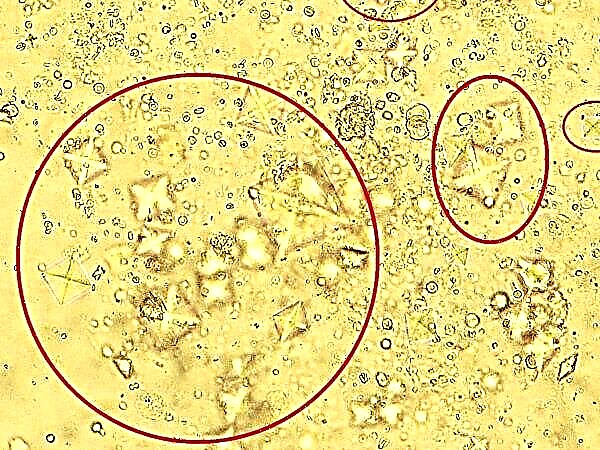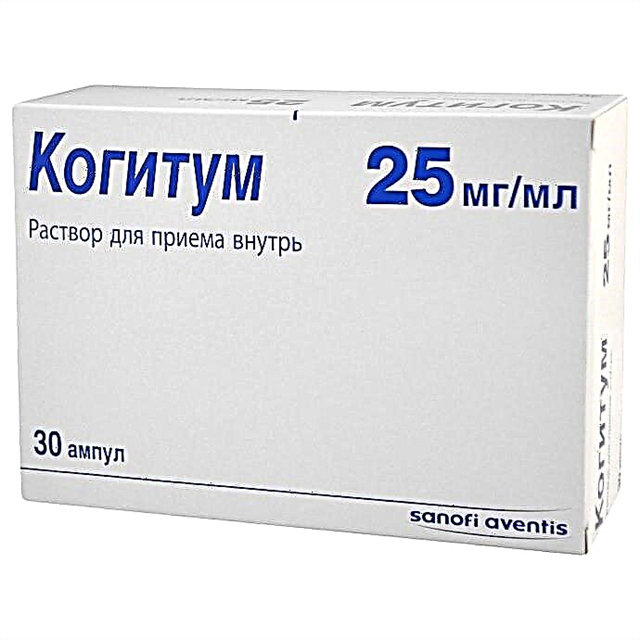Snot suckers are used to remove mucus from the nose of infants. The expediency of using these devices lies in the fact that the child cannot independently clean his own nose. The snot suction device for newborns is available in different versions.

Suction nozzle for newborn
Why does a child need to clean his nose from thick snot
In infants, like any adult, mucus accumulates in the nasal cavity. Due to the fact that they cannot blow their nose, the mucus significantly complicates normal breathing. To help the child, you need to periodically remove the nozzles from the nasal cavity.
It is very difficult for a baby with a blocked nose to breathe. Because of this, he becomes restless, does not sleep well, often refuses to eat, because with disturbed nasal breathing it is very difficult to suck. Insufficient intake of nutrients leads to a delay in physical development.
If a baby's nose is clogged, the mucous membranes of the upper respiratory tract do not protect the body from pathogenic viruses and bacteria. He becomes vulnerable to dangerous infectious diseases.
Children's doctors advise against subjecting the nose to serious procedures. You need to clean it carefully and carefully. An aspirator or snot suction device is suitable for these purposes.
Why do you need a snot sucker
Sometimes a child's nose has to be cleaned several times a day. With rhinitis, cotton filaments become ineffective. Therefore, it makes sense to use special devices that effectively cope with the removal of large amounts of mucus.
High-quality aspirators are designed specifically for cleaning the nose from mucus deposits. They consist of a tip, which is connected to a small container to collect the discharge, and a tube at the end. The tip is very thin and delicate, therefore it does not cause discomfort in babies.
Council. According to Dr. Komarovsky, such a device should be in every home.
How to remove snot from a baby
There is a special device designed to remove liquid mucus from the nasal cavity. If a newborn child has thick snot, you must first prepare the nose by dripping a little saline into it. In a matter of minutes, it will help thin mucus and relieve inflammation.

Aspirator use in infants
Note! When preparing a solution on your own, it is important to observe the required concentration (9 g of sodium chloride per liter of water). Otherwise, you can get a burn of the mucous membrane.
The tips can only be used once per nostril. Suck mucus with their help slowly and evenly. After the suction procedure, the device and handpieces should be disinfected.
Varieties of aspirators, rules of use
In pharmacies, you can find several types of aspirators.
Syringe
This is the simplest and most affordable device for removing snot in babies. His silicone tips are very soft. They exclude accidental injury to the nasal mucosa. They are easy to manage. The aspirator needs to be squeezed, let out the air, insert the device into the child's nose and gently remove the mucus.
Important! The other nostril should be clamped. If the child begins to resist, then the procedure is stopped for a while.
Mechanical aspirator
This is a flexible transparent tube for suctioning snot in newborns. Its tip is inserted into the nose, after which the adult sucks with the mouth. The advantage of this device is that the parents have complete control over the process.

Mechanical aspirator
Electronic devices
They run on batteries or rechargeable batteries. They make almost no noise during operation. In just a few minutes, the baby's nose can be completely cleared of mucus deposits.
Some types of electronic nasal aspirators are equipped with a special humidifier. They easily moisturize crusts that are difficult to remove.

Electronic aspirator
Vacuum aspirators
They are a vacuum cleaner tube with attachments. There is no chance of dust getting into the nasal cavity, because the air flow goes inward. Aspirators are completely safe for the baby.
Their only drawback is the noise from the working vacuum cleaner. He can scare the baby. It is better to buy a vacuum aspirator in cases where the vacuum cleaner makes little noise.
Carrying out a procedure for cleaning the nose and throat of a baby
Parents are interested in how to properly suck out snot from a child. No special skills are required to use the aspirator. The following sequence of actions should be followed:
- Prepare cotton pads, aspirator, saline solution.
- While holding the baby in an upright position, drip a little saline into each nostril. This will make it easier to remove mucus further.
- Gently close one nostril with your finger and insert the tip into the other.
- Draw in air, according to the instructions and features of the aspirator.
- Repeat the procedure for the other nostril.

Cleaning the nose with an aspirator
Before removing snot from a baby's throat, Dr. Komarovsky advises to drip the nose with saline.
Important! The nose cannot be treated as a prophylaxis. This once again irritates his mucous membrane.
How not to clean a baby's nose
When cleaning the spout, do not use cotton swabs. Any careless movement can injure delicate mucous membranes.
You can also not try to remove thick snot from a baby with an aspirator. It is only intended to remove liquid mucus. Using the wrong movement can introduce an infection into the ear canal.
It is forbidden to instill breast milk into the nose. It does not help in any way and can even aggravate the condition. Milk is a favorable environment for pathogenic microorganisms to enter the body. When using a baby pear, you should not make sudden movements. There will be no result from this.
Additional recommendations
To make the mucus removal procedure more effective, you must adhere to some useful recommendations:
- After using the aspirator, it is advisable to moisten the mucous membrane with a weak saline solution.
- The same attachment cannot be used for two different children.
- It is advisable to use the aspirator before instilling the nose with medicinal drops.
- If the child is restless or has a high fever, do not perform the procedure.
- You should hold the head while cleaning the nose, as this is not a very pleasant procedure for an infant.

Holding the baby's head while brushing
Attention! Pediatricians do not recommend removing mucus from the nose more often than 2 times a day.
The aspirator helps to free the child's nose from mucus, to restore free nasal breathing. The frequency of removing the nozzles depends on the health of the baby. Knowing how to suck out a child's snot guarantees that there are no complications of a cold.



